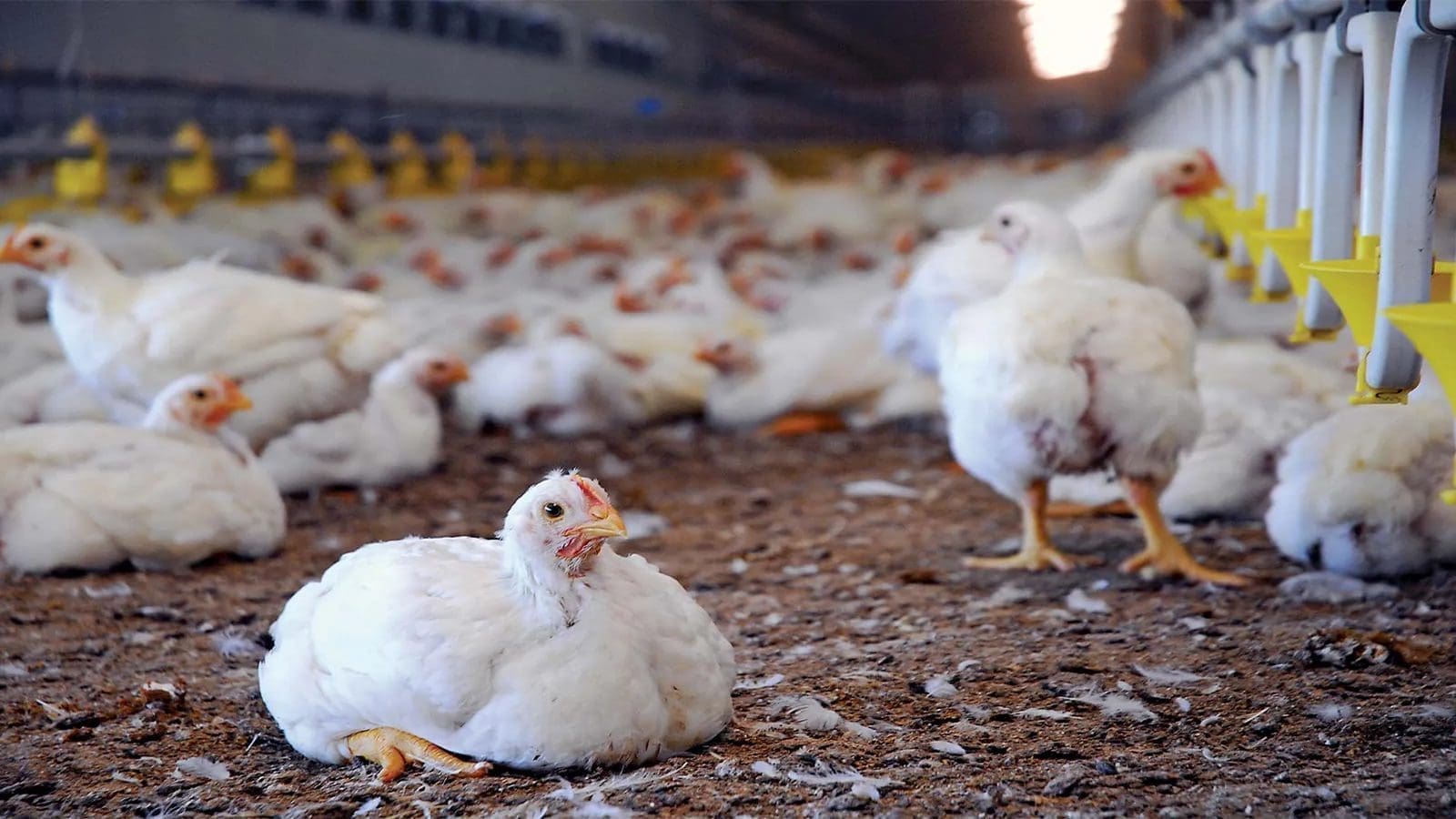SOUTH AFRICA – The European Commission for the control of foot and mouth disease (EuFMD), one of FAO’s oldest Commissions, has launched the first online Lumpy Skin Disease (LSD) course in French, targeting countries in southern Africa, while opening up for participation by Francophone countries in Eastern Africa.
While majority of the 16 countries in the Food and Agriculture Organization’s (FAO) SADC region use English as the official language, five use French and two use Portuguese.
Since 2020, through its Virtual Learning Centre for Southern Africa (SFS-VLC), FAO has been delivering online courses to veterinarians and veterinary paraprofessionals solely in English.
Although Veterinarians who spoke French or Portuguese had access to the SFS-VLC courses taught in English, enrollment and completion rates were relatively low. Because of this, there is now a demand for and need for courses in French and Portuguese.
Additionally, member states at the 2020 SADC Livestock Technical Committee conference requested that VLC create training programs in French and Portuguese to accommodate the other two regional languages.
“During the fourth quarter of 2021, the VLC translated course materials into French and Portuguese. Today we gather to witness the launch of the first online course on lumpy skin disease being delivered in French on the SFS-VLC platform.
“As the VLC’s objective is to build capacity and provide continuous professional development to veterinarians and veterinary paraprofessionals through online learning, the French-speaking countries in the SADC region should not be left behind,” said Patrice Talla, FAO Subregional Coordinator for Southern Africa in his remarks during the launch of the course.
A vector-borne pox that affects domestic cattle and Asian water buffalo, lumpy skin disease is characterized by the development of skin nodules that are frequently linked to cattle deaths.
Southern Africa can best be described as the cradle of LSD. In 1929, Zambia reported the world’s first outbreak, which then swept through all of Africa before spreading to the rest of the world.
All SADC nations are plagued by the illness, which causes significant economic losses.
Surprisingly, despite the disease’s historical history with the area, there is still a paucity of knowledge regarding how to avoid, identify, and manage it.
“It is really important to build capacity in terms of preparedness for LSD outbreaks. Between 2014 and 2018, numerous LSD epidemics demonstrated the importance of awareness amongst key field professionals, such as veterinarians and veterinary paraprofessionals in prevention and control,” commented Géraldine Boseret, a Veterinary Epidemiologist at Sciensano who is a trainer in the course.
FAO launched the course with technical support from Sciensano, the Belgian public and animal health research institute and reference laboratory for Lumpy Skin Disease (LSD) in Europe.
Thus far, 82 Veterinarians and Veterinary paraprofessionals from the SADC region, including those from the DRC, Mauritius, Madagascar, Seychelles, Comoros, Burundi, and Rwanda, have enrolled in this French LSD course.
Of these, 21 participants attended the webinar marking the start of this 4-week training that will end on 17 November 2022.
Trainees will be equipped with skills in clinical diagnosis, laboratory diagnosis, prevention and control measures that include annual vaccination of cattle.
The expectation is that an improvement in early detection of and response to LSD outbreaks, will lead to gradual reduction in the impact of the disease on livestock production and productivity in the region.
The same course will be offered in Portuguese in 2023 with a focus on Angola and Mozambique.
During the first part of 2023, the SFS-VLC will also provide training in Portuguese on African swine fever, another of the major transboundary animal illnesses in the area.
For all the latest food safety news from Africa and the World, subscribe to our NEWSLETTER, follow us on Twitter and LinkedIn, like us on Facebook and subscribe to our YouTube channel.








